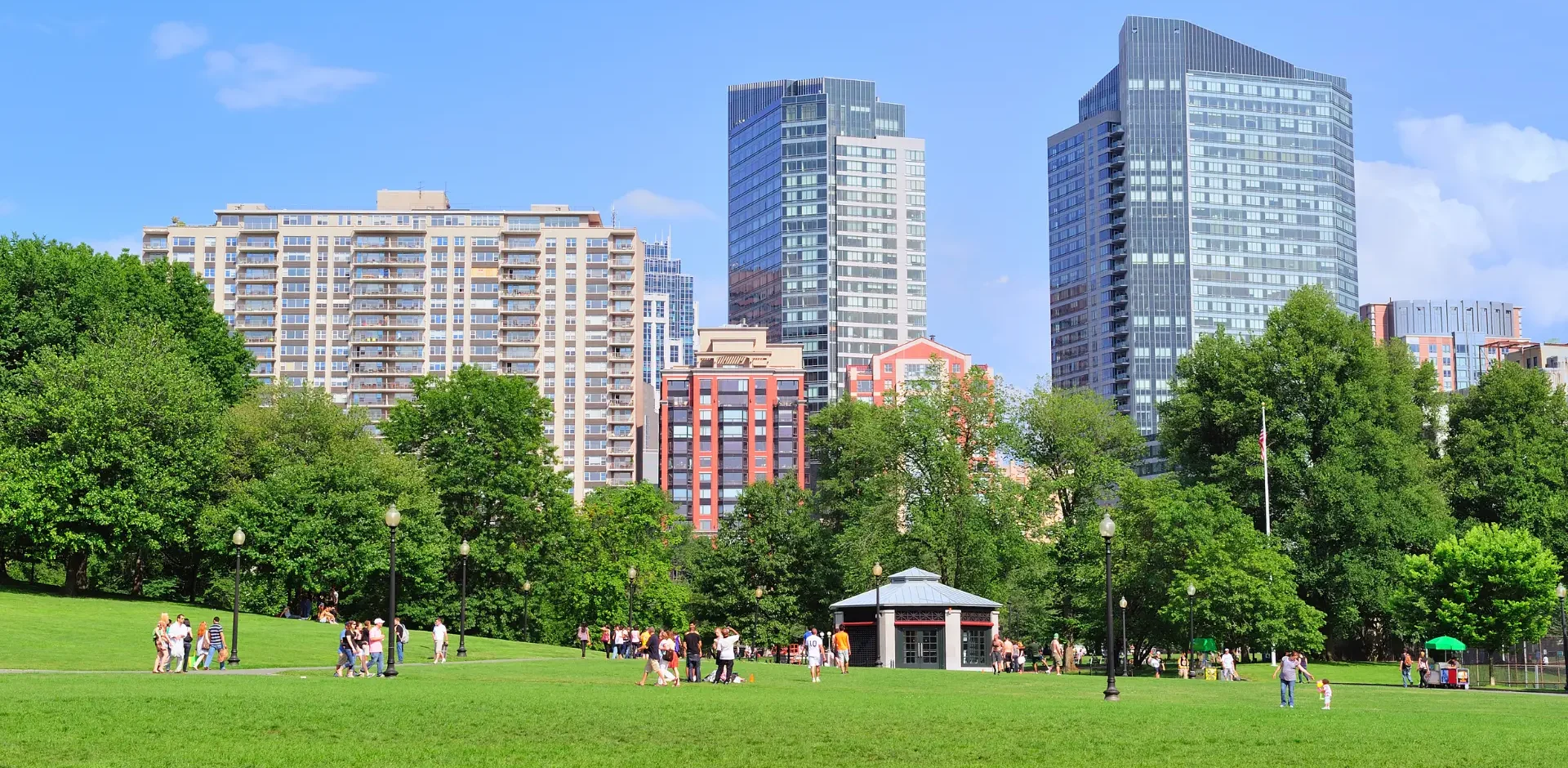Green as a design element: a bridge between nature and the city.
In our cities, greenery is not just a decorative element but a real tool through which to connect nature with its surroundings. The importance of urban biodiversity and its tangible benefits is so obvious that designers and planners are now considering green as a key element in the transformation of the areas in which we live. In this context, green design becomes a real bridge between nature and the city, through which it is intended to promote the creation of balanced and livable spaces for inhabitants.
Urban biodiversity as a green design goal.
The design of greenery within urban environments, besides being an aesthetic issue, is the key strategy for increasing biodiversity on planet Earth. In fact, contrary to the common perception of cities as human-dominated environments, urban areas can support a remarkable variety of plant and animal species. Parks, gardens, and green roofs, in fact, offer a number of benefits, including:
- The reduction of air pollution;
- The mitigation of urban warming;
- Stormwater management;
- The improvement of air and soil quality;
- The promotion of human welfare;
- The contribution to the conservation of species native to an area;
- the fostering of the development of new strategies by planners to respond and adapt to the new contexts created by climate change.
Sustainable approaches to urban green design.
Increasing biodiversity in cities is possible through the adoption of approaches to urban design and planning that are sustainable. These best practices include, for example, the creation of urban reforestation plans aimed at reintroducing greenery into urban areas, both for the purpose of reducing the environmental impact of human activities and improving the quality of life for citizens. In addition, the design of urban greenery cannot be separated from attention to contextualization and structure of the project: it is essential, in fact, to carefully consider the space and sites in which one operates, understand their functional links and enhance their historical permanences. Green, in this context, from a simple aesthetic element, becomes an integral part of the architecture itself, enriching the potential and qualities of the project as a whole.
Green as a tool for improving the urban environment.
Green can be seen not only as an element of aesthetic beauty, but also as a conscious choice that aims to improve the urban environment and mitigate the negative impacts of urbanization. Each plant has a unique form and character and can contribute to the creation of an “alternative structure,” through which it is possible to enrich the surrounding environment and enhance the experience of citizens. In conclusion, urban green design must be a design that is mindful of sustainability and harmoniously brings nature and development into dialogue, responding to the important challenges posed byurbanization and climate change.










